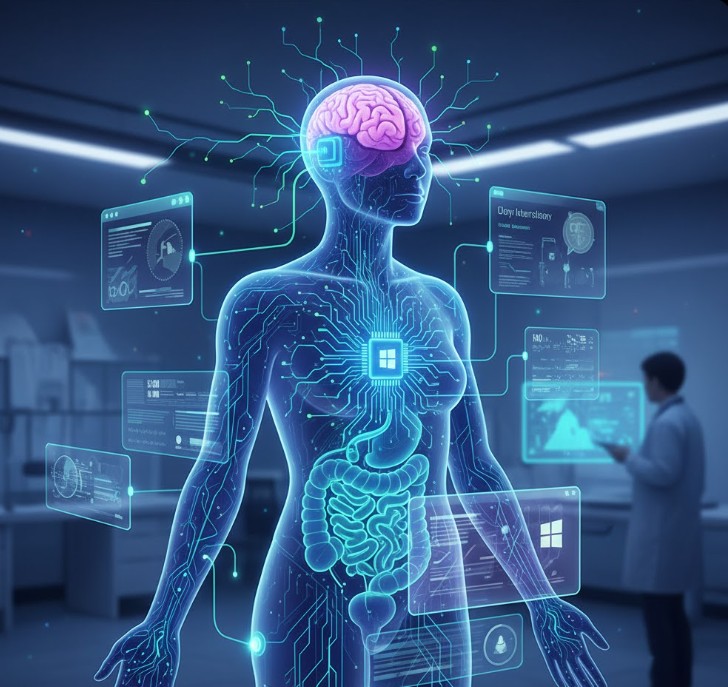Verily, Microsoft has stepped into the realms of BCIs through an ingenious alliance with INBRAIN Neuroelectronics, a neurotech startup focusing on the fabrication of graphene-based neural implants.
The target is the integration of INBRAIN’s precision BCI hardware with Microsoft’s Azure AI infrastructure to create a real-time, adaptive interface between nervous system and artificial intelligence.
Agentic AI Enables Continuous Learning From Neural Signals
Through this partnership, INBRAIN will leverage Microsoft’s time-series LLMs and advanced data tools to create the “agentic AI” types of systems-drawing reasoning from real-time data in an autonomous fashion.
This way, the BCI will not just read neural activity but could dynamically interpret, respond, and modulate brain signals-possibly creating the potential for a closed-loop therapeutic system.
MobiHealthNews
Graphene Tech May Make the Nervous System the “OS” of the Body
INBRAIN’s neural platform is built on graphene electrodes, valued for low invasiveness, biocompatibility, and high signal fidelity.
Microsoft and INBRAIN declare that their endeavor could summon a future wherein the nervous system would be the “operating system” of the body, intelligently balancing therapies for neurological disorders, such as Parkinson’s, epilepsy, or other disorders associated with memory.
Precision Neurology Could Be Revolutionized by Closed‑Loop Treatment
It’s not only about reading brain waves-precision neurology in which AI customizes, adjusts, and delivers therapeutic signals in real time is a goal of the collaboration.
The realization of such system would modulate electrical stimulation or monitor neural biomarkers for more effective treatment or management of neurological conditions, on its own without human intervention.
Potential Ethical-Privacy-Clinical Barriers Ahead
While the vision could be considered extra-ordinary, it has a set of hurdles ahead. Deep ethical questions and considerations for privacy arise with the use of agentic AI in the brain: who owns the data, how autonomous is the AI, and will it be able to manipulate neural inputs? Clinical trials must prove strictest safety, reliability, and long-term viability for these BCI implants.
Microsoft’s tie-up with INBRAIN sketches a bold and futuristic picture-turning the nervous system into an intelligent platform empowered by AI. If the system flourishes, it can reshape the healthcare domain and give us attributes of “body OS”, which were previously the realm of science fiction.
More Like this: OpenAI Launches ‘Playful, Warm’ GPT‑5.1 Model Amid Renewed Battle With the NYT
News Source: PCmag.com

